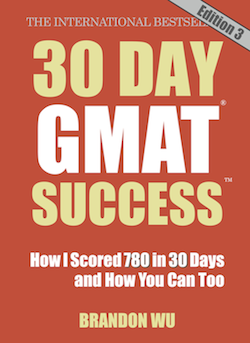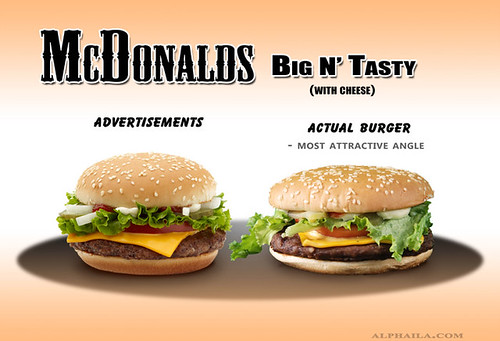How to Avoid Advertising Scams with GMAT Logic
One of the keys to doing well on Critical Reasoning on the GMAT is the ability to recognize reasoning errors made in an argument. Some questions require you to identify assumptions that may not hold water in the long run or to identify flaws in an argument. These skills can be quite useful in the real world to avoid being taken in by false claims in advertising.
Some of the most egregiously illogical yet oddly persistent advertising claims include calling a product “new and improved” and promoting a product as having “100 percent natural flavoring.” Only an existing product can be improved on, so it is impossible to have something that is both new and improved. And while there are natural elements that can be added to a product to give it flavoring, what is implied by calling a product natural is that it has no additives. This is simply a deceptive tactic.
Check out some additional examples, courtesy of A.K. Dewdney’s book, 200 % of Nothing.
– Ivory Soap claims to be 99 and 44⁄100 percent pure. Pure means 100 percent, so if the soap is diluted even by 56⁄100, it isn’t pure.
– Kellogg’s All Bran ran an advertising campaign with the incredibly unconvincing and noncommittal line, Some studies suggest a high-fiber, low-fat diet may reduce the risk of some kinds of cancer. If you need to couch your argument with so many moderating words (some, suggest, may, some kinds) don’t bother saying anything at all!
– A Public Service Announcement on television one summer said, “Last year 35 people drowned in boating accidents. Only 5 were wearing life jackets. The rest were not. Always wear life jackets when boating.” While wearing a life jacket really may be wise, does this announcement really provide a compelling reasoning to do so? 5 people died while wearing a life jacket. What if those had been the only 5 people all summer who wore life jackets? Life jackets could actually be hazardous to your welfare! And how many people didn’t wear life jackets and were completely safe?
– HP laptops once claimed to have a higher price to performance ratio than Macs. As consumers, we think higher should equal better, and apparently HPs marketing gurus think the same as well. The problem is, to have a high price to performance ratio, you either need a very high price or very low performance, neither of which is desirable.
– A consortium of electric companies once released the following statistic: 96 percent of the streets in America are under-lit and 88 percent of crime takes place on under-lit streets. Frightening, isn’t it? Well, not if you understand basic mathematical reasoning. If the ratio of crimes to under-lit streets is 88⁄96, and the ratio of crimes to well-lit streets is 12⁄4, you have a much higher chance of being a victim of a crime on a well-lit street than an under-lit one. Thanks, electric companies, but I’ll walk in the dark.
So while the arguments you’ll see on the GMAT may be somewhat contrived, the thought process required to analyze them can prove useful. If you’re having a touch time forcing yourself to sit down to practice critical reasoning, try picking up a book of logic puzzles as a fun way to hone those analytic skills.
Image courtesy of Dario D. with Creative Commons License.

